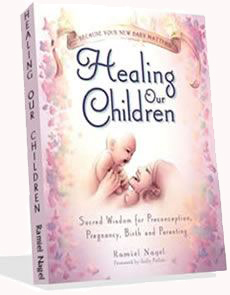The use of a family bed, bed sharing, or co-sleeping, encourages bonding, promotes breastfeeding, and safeguards health. Though controversial in some circles today, it was once the only way families slept. In the past, homes commonly featured only one room. Additionally there were few functioning door locks and dangerous conditions existed all around, making the only safe place for the family to sleep to be together.
In cold climates, sleeping in the same bed was a lifesaving tradition. The Inuit-Yupik or Eskimos, for example, always slept as a family. The body heat from each member helped to keep families warm, protecting infants and adults from hypothermia.
Of course modern times afford most families heated living spaces and locked doors. Virtually no one falls asleep fearing a middle-of-the-night wolf attack or a raid on their village. However, the physiological benefits of co-sleeping are still quite relevant.
Children who sleep with their parents feel secure during the night, a time that human beings are hard wired to fear. Sleeping next to the mother facilitates breastfeeding and helps to reduce the postpartum trauma associated with being removed from the womb. Studies have shown that overall, both mothers and babies sleep more soundly and experience less nightly anxiety when bed sharing.
Despite pressure from local health departments to end the practice of co-sleeping as a means of preventing SIDS, co-sleeping has been shown to regulate infant heart rates and breathing. For non-smoking, non-drinking parents the risks of SIDS has been shown to be lower when co-sleeping was in play. Breastfeeding alone can decrease the odds of a child succumbing to this tragic death by up to 70% and co-sleeping is one of the best ways to ensure that breastfeeding is successful.














